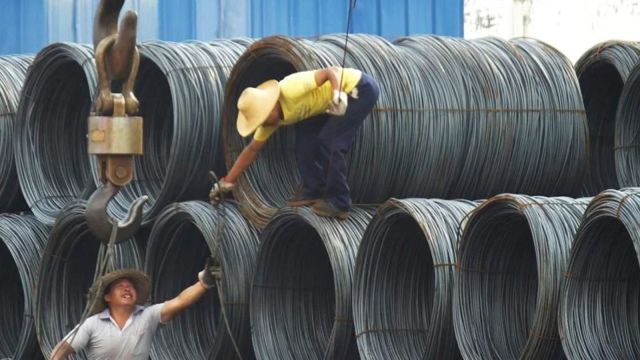ARTICLE AD BOX
 While graphite is a crucial component in electric vehicle (EV) batteries, zirconium is used in nuclear energy due to its exceptional corrosion resistance.
While graphite is a crucial component in electric vehicle (EV) batteries, zirconium is used in nuclear energy due to its exceptional corrosion resistance.
By Pratyush Deep
The Union Cabinet on Wednesday approved rationalisation of royalty rates for four critical minerals — graphite, caesium, rubidium, and zirconium — considered critical for green energy. The decision aims to facilitate indigenous production and reduce imports of these minerals to avoid supply chain vulnerabilities, the Cabinet said.
It comes at a time when import restrictions imposed by China —which has a monopoly over the critical and rare earth mineral production — are posing challenges to the global supply chain.
The Cabinet approved changing of royalty rate calculation mechanism for graphite from per tonne basis to ad valorem basis. “Fixing of royalty rates of graphite on ad valorem basis will proportionately reflect the change in prices of the mineral across grades,” the Cabinet said.
The royalty rate of graphite with 80 per cent of more fixed carbon has been specified at 2 per cent of average sale price (ASP) while graphite with less than 80 per cent fixed carbon would attract royalty of 4 per cent of ASP.
Similarly, royalty rates for caesium and rubidium have been specified at 2 per cent of ASP of the respective metal contained in the ore produced, while royalty rate for zirconium has been specified at 1 per cent of ASP.
All four minerals are considered critical for high-tech applications and energy transition.
Story continues below this ad
While graphite is a crucial component in electric vehicle (EV) batteries, zirconium is used in nuclear energy due to its exceptional corrosion resistance. Caesium is mainly used in the high-tech electronic sector, particularly in atomic clocks, GPS systems and rubidium is used in making specialty glasses used in fibre optics, telecommunication systems, and night vision devices.
“The above decision of the Union Cabinet will promote auction of mineral blocks containing caesium, rubidium and zirconium thereby not only unlocking these minerals but also associated critical minerals found with them, such as lithium, tungsten, REES, niobium etc,” the government said.
At least nine blocks in the six tranche of auctions of critical minerals in September contained five graphite blocks, two rubidium blocks and one block each of caesium and zirconium.








 English (US) ·
English (US) ·